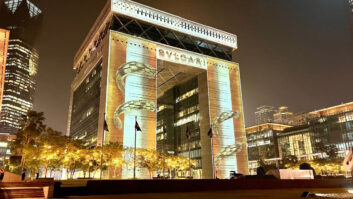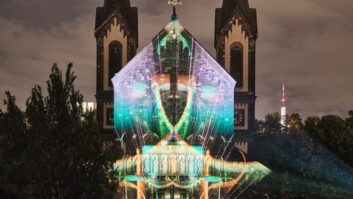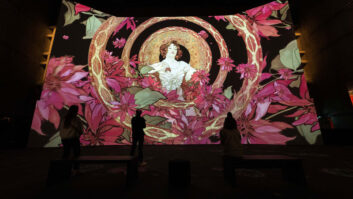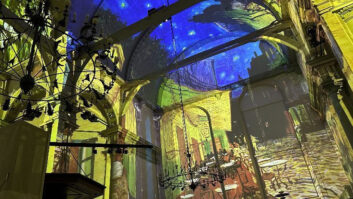Choosing a projector can be a time consuming and difficult process.
There are hundreds, possibly thousands of models in the current market to choose from, each detailing different fancy (confusing) tech terminologies and acronyms to describe what it is they do and why you should buy them.
It can be a little bit like choosing a toothpaste. This one sounds good because it offers a deep clean. Great, but this one has crystals! Crystals sound expensive so it must be good. This one has Active Salt? This one has gel. But does it offer maximum whitening?

“Over a period of time you will see a shift away from lamp into laser technology”
Of course, a good salesman (for projectors, not toothpaste) will help you determine what’s right for you depending on the environment it (they) will be used and for what purpose. But there’s still one big thing to consider; go with lamp or laser?
For those unfamiliar (in a nutshell), lamp and laser technology are two different forms of light creation – with the latter being the more recent advancement.
If budget is key to your decision making, you may instinctively gravitate towards the older and cheaper lamp option.
“Typically, lamp projectors have a slightly lower initial purchase cost compared to a laser,” Day, explained discussing how projection has evolved over the years.
“Over the years projectors have used a number of different lamps. Pre-2012, it was Xenon lamps, but they didn’t age well. So technology moved on to mercury lamps, known as Ultra High Pressure – or UHP for short. These powered probably 95 per cent of all the projectors that were available. We have now made a step change again, moving to laser.”
“The advent of laser technology in many respects is like the holy grail. You go from a position of having to change lamps, clean filters to literally being able to install a projector and leave it there”
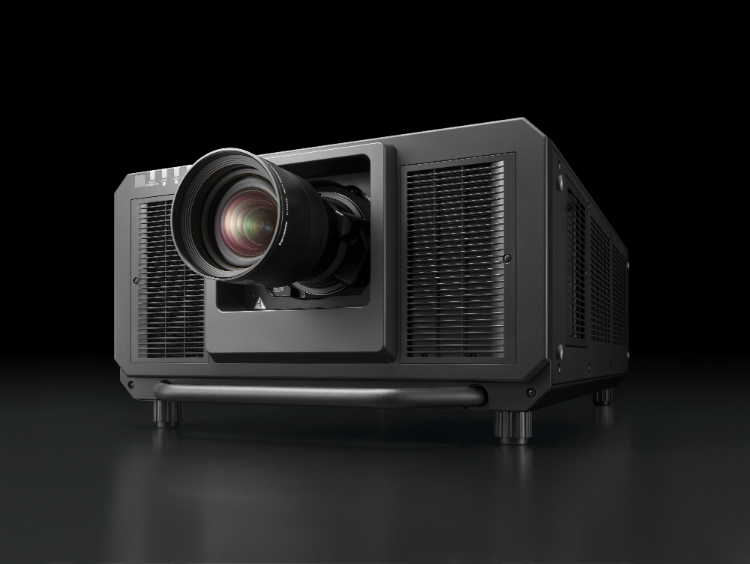
Projected savings
So, why would you look at paying more when the spec sheet for a lamp and laser model reads almost identically?
The key thing with laser is around the subject of maintenance. Lamp projectors use bulbs, and like any bulb, its performance will gradually fade and eventually need to be replaced should performance levels dip too far or run out completely.
Whilst more expensive to buy out of the box, the maintenance costs that go hand-in-hand with lamp have largely been removed
Unlike household bulbs bought in Curry’s or Wilkinson’s (for the more price conscious), projector bulbs can be very expensive, with some exceeding £1,000 a pop. Just like the ink cartridge industry, replacement bulbs can soon (and likely will) exceed the cost of the original unit.
With laser, such issues are largely removed. They don’t use bulbs, so there are no bulbs to replace. Whilst more expensive to buy out of the box, the maintenance costs that go hand-in-hand with lamp have largely been removed. This has the potential to save businesses (depending on regularity of use) hundreds, if not thousands of pounds a year.
“Yes, there is a premium in terms of the upfront cost [for laser], but there is no doubt from a laser projection perspective that the cost of ownership is significantly lower to a lamp-based projector,” said Day. “If you have a limited budget and it doesn’t quite stretch to laser, then lamp may be an alternative.
“However, you really need to consider the total cost of operation and ownership – not just the initial capital purchase.”
“It doesn’t take long to rack up a couple of thousands hours and you could be changing those lamps once every six months”
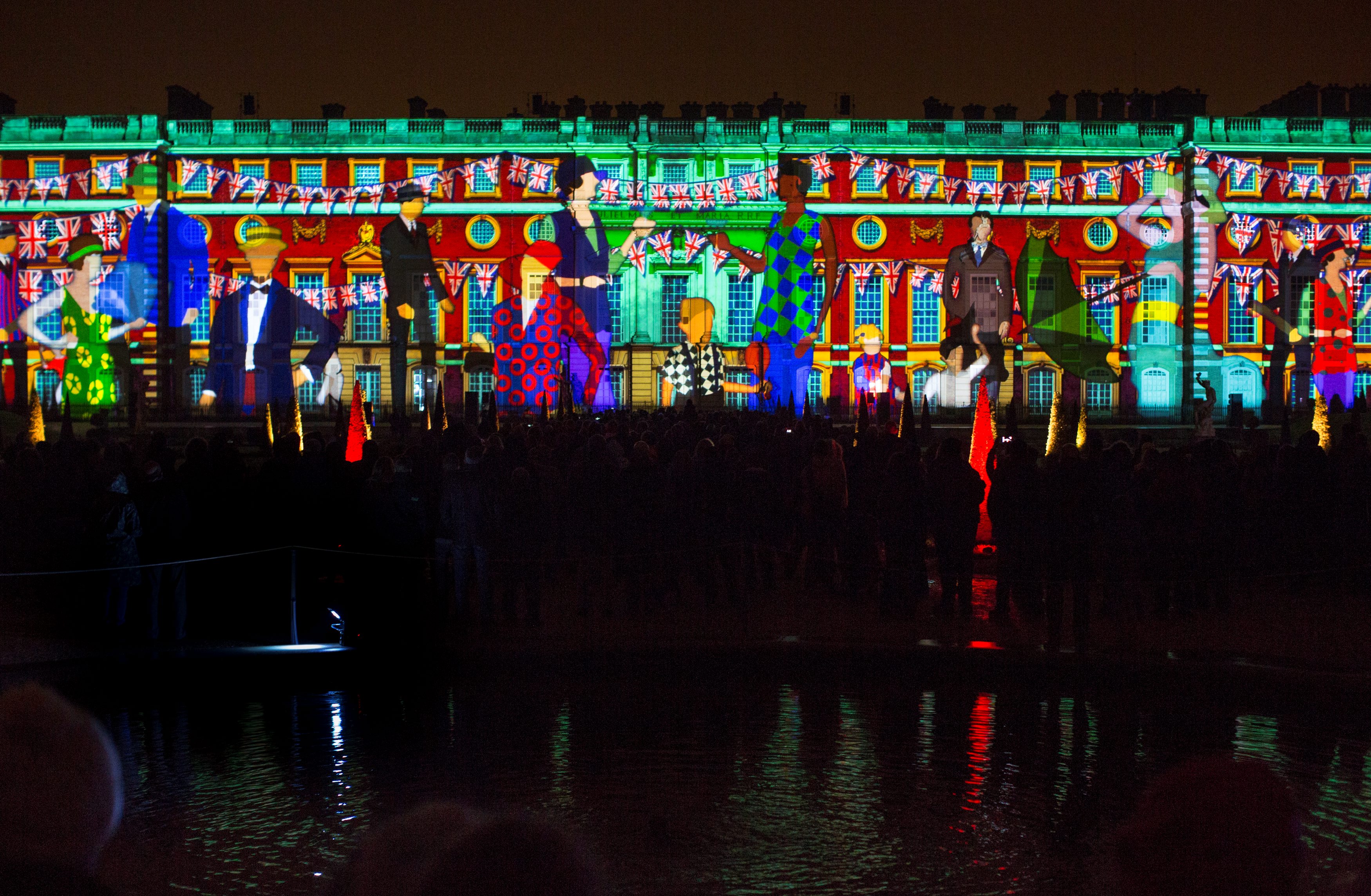
Performance
Day explained that a bulb (bought from new) will last just a “couple of thousand” hours, with its optimum quality (light) degrading almost immediately from the first switch-on.
By contrast, a laser projector has a standard life of 20,000 hours – that’s over two and half years of constant use – before dipping to around 50 per cent of its level when it was first switched on.
“If you were running lamp-based projectors in a relatively high usage environment, they could be running solid for eight hours a day or more,” explained Day. “It doesn’t take long to rack up a couple of thousands hours and you could be changing those lamps once every six months.”
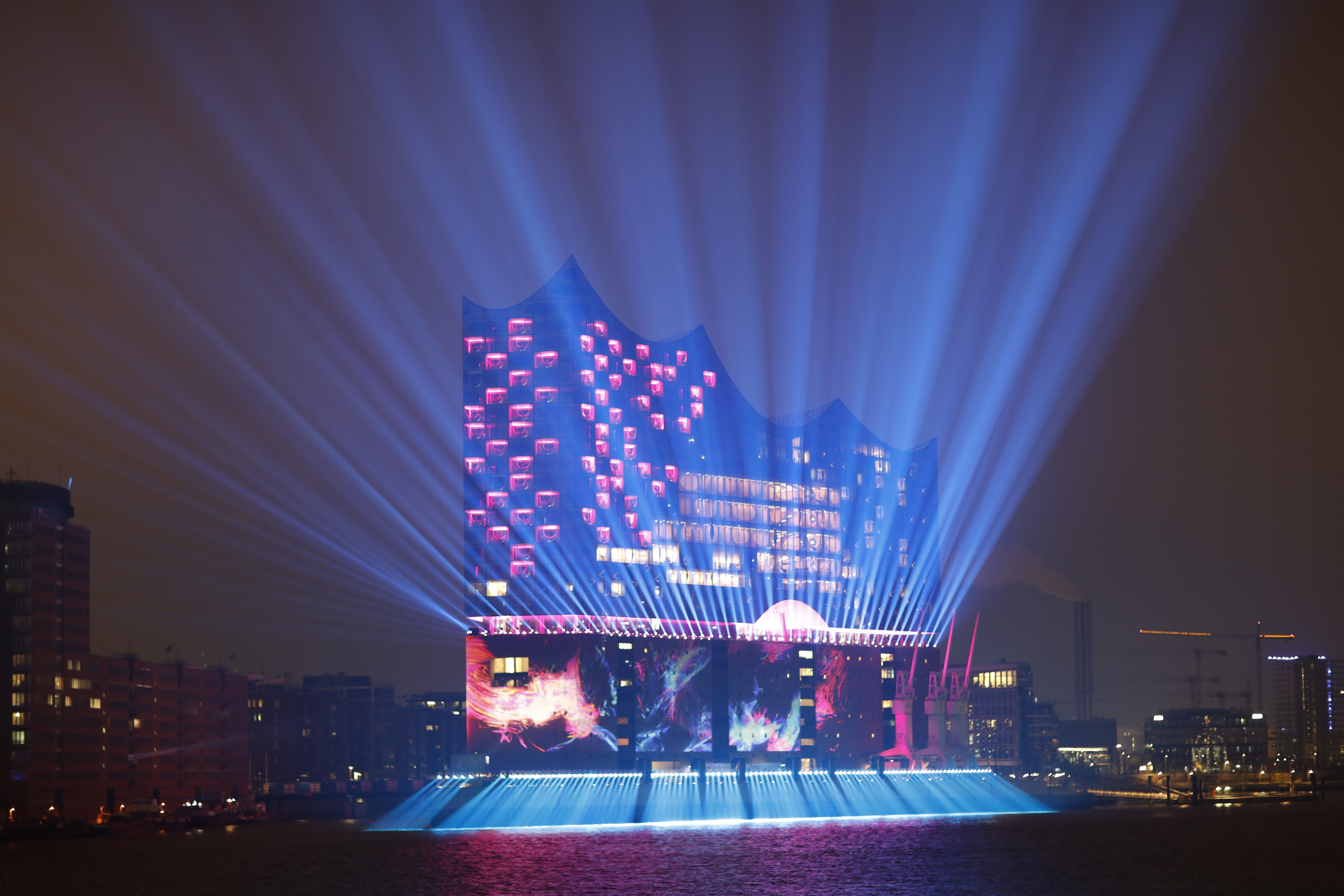
You’ve got no fans
Another area where potential cost savings play a significant role relates to air pollution.
In the absence of a bulb, laser projectors do not generate the same levels of heat as a lamp projector – heat being a major cause for technology failing.
Therefore – from a design perspective – laser projectors do not require a cooling fan and by extension an air filter, keeping its innards cool and factory clean.
“Lamps run particularly hot, so they are designed to draw in large amounts of air into the projectors to keep them cool,” explained Day. “Obviously you don’t want to run air into a projector that’s unfiltered, so there are filters in place to keep out all the dust and other forms of debris in the air.
“The downside of that is you have to clean them. So, after maybe a couple of hundred hours, you should check to see how clogged the filter is. That could be a simple process or more complex, especially for an installed unit or one that isn’t easily accessible – such as from the ceiling of a museum. All of that ultimately creates a maintenance requirement, which must be taken into account at the time of purchase.”

He continued: “The advent of laser technology in many respects is like the holy grail. You go from a position of having to change lamps, clean filters to literally being able to install a projector and leave it there.
“There are no filters to clean and no lamps to change, so the cost of sending someone to a site to carry out that maintenance simply isn’t there. You just need to install it, put it on the ceiling or wherever and leave it to run.”
“Over a period of time you will see a shift away from lamp into laser technology”
Lights out for lamp?
So, is this the end of lamp projectors? In the long-term, the answer according to Day, is yes. Like any technology, the older models will eventually be phased out, but in the short term, Panasonic is not quite ready to pull the plug on the aging but not quite dead technology.
“We’re now at a tipping point,” said Day. “Over a period of time you will see a shift away from lamp into laser technology because of the benefits mentioned.
“From Panasonic’s point of view, we are serving different segments of the market and therefore trying to have both lamp and laser projection so we can cater for the demands, depending on where they sit.
“If you install a projector in an environment where it’s used two hours a week, then a lamp-based projector could still be the best choice. It also might not be that everyone is ready to make the transition into laser immediately. But laser is the future.”
Read the full interview in its original form by clicking here


